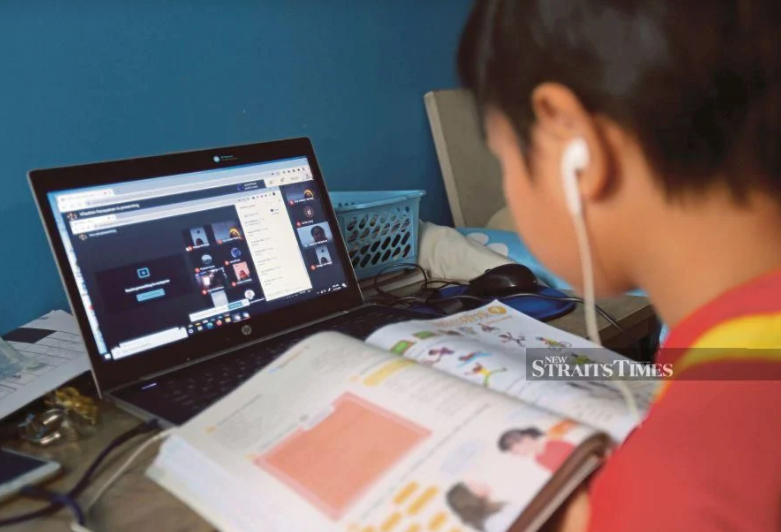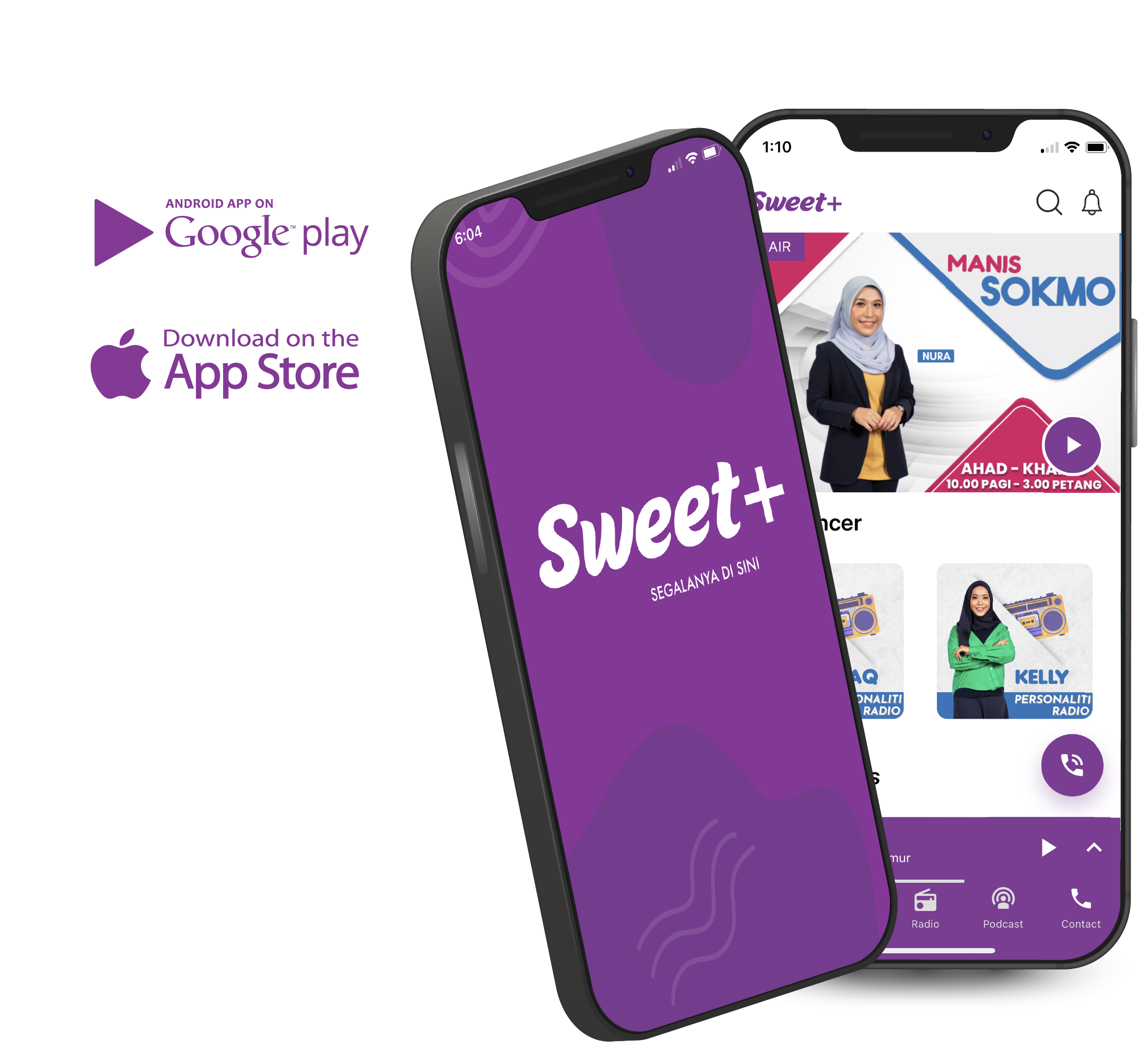
LETTERS – The discussion on imported English language textbook is ongoing even though the Common European Framework of Reference for Languages (CEFR) aligned curriculum is now in the fifth year of its execution.
Recently, some primary school teachers and guardians raised concern via social media that the contents of the textbooks do not represent the local culture.
After scrolling through the comment section, I believe I need to throw my two cents worth here:
1. The primary school English language textbooks present foreign cities like New York and London, while my students do not even know where Kota Baru is.”
On this issue, I likewise feel awful for our students, especially those in rural primary schools. Foreign elements can be included in English language reading material however they should come with local contect so that the students can put all the lexical things learnt in the classroom in the classroom into daily use.
2. “Our English language curriculum is aligned with the Common European Framework of Reference for Languages. It’s an international standard. We need to follow the framework or else we will be left behind.”
Indeed many countries have integrated CEFR into their English language curriculum. However, it should be reminded that the framework is not just meant for the English language. It is for all languages.
Assuming we analyze the CEFR documents, there is no single sentence mentioning that the textbooks should be composed by local speakers or imported from native-speaking countries.
3. “My understudies definitely have no problems with the books. It allows them to get to know different cultures.”
If that’s the case, it is good for the educators and students. In this situation, we should acknowledge other students’ problem with the textbooks. Each individual has a unique upbringing, thus one size does not fit all.
Just educators know their understudies, be it their proficiency, schemata or inspiration. Material adaptation should come in handy when teachers find that their students are having problems with the foreign contents of the textbooks.
Adding, erasing, simplifying, modifying and reordering are among the techniques that can be used in dealing with the textbooks. Teachers’ creativity should play a role and the contents of the book should not stay static.
There is an analogy made about textbooks, in which they should only act as a vehicle, while teachers are the “drivers” of the vehicle who will eventually determine the experience of the learning journey.
Source: Iqbal Ahamat (NST.COM.MY)









